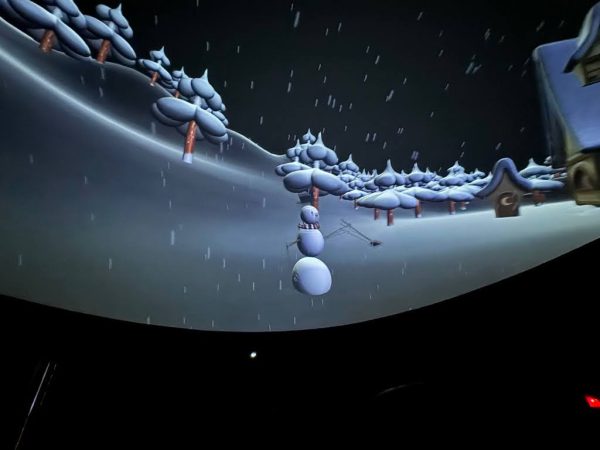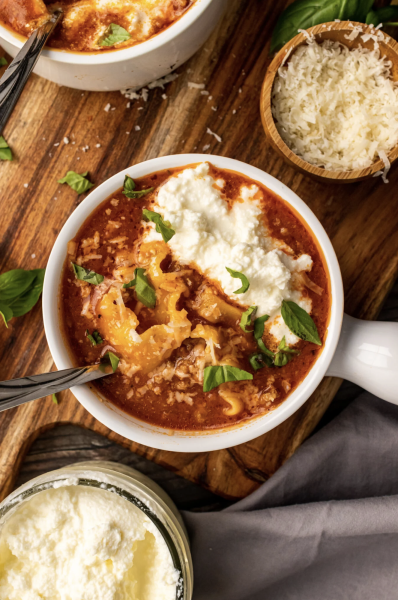The Autobiography of Gucci Mane Book Review
The Autobiography of Gucci Mane should be called The Rise and Fall of Gucci Mane because rapper Gucci Mane, born Radric Davis, has had a crazy, fast-paced life full of trying times. Despite all the setbacks, Gucci always bounced back and, today, his story is one of the most inspiring comeback stories in music history.
Gucci wrote this book with the help of Neil Martinez-Belkin, who was the former music editor at XXL magazine. The blinged-out book is all white with gold trim on the spine. The dust jacket features Gucci’s hand on the front side with opulent jewelry while the backside has a profile of Gucci in mink. The roughly 300-page autobiography has two photo sections. Notable pictures include: Gucci with his Bart Simpson chain, a Radric Davis mugshot and Gucci Mane performing for NPR’s Tiny Desk Concerts.
The prologue opens with Gucci’s arrest on September 13, 2013. This chaotic scene brings the reader into Gucci’s mind and prepares the reader for the story. He pleaded guilty to possession of a firearm and accepted a plea that would have him incarcerated until September 20, 2016. He was ultimately released on May 26, 2016 because he had already served some time. After this vignette, we go to Bessemer, Alabama and begin Part One.
The Autobiography of Gucci Mane is broken into three parts. Part One starts with his childhood in Bessemer and East Atlanta, and ends with his murder charge. The first part is full of Gucci facts: he didn’t move to Atlanta until he was nine, his father was the O.G. Gucci Mane and he started dealing drugs in middle school.
When Gucci Mane was first robbed, it was a turning point in his life. The aggressive side of his character was manifested and from that day forth, he would no longer be the same. Gucci attended college for a short time but never finished. His brother got him into hip-hop and Gucci eventually decided to pursue it because he wanted to get off the streets. Master P and Project Pat were some of his biggest inspirations.
Gucci began his rap career with his friend and producer Zaytoven. His first group of self-sufficient, independent artists was the Zone 6 Clique. It was around this time that Gucci got into lean (codeine and usually sprite).
If you want to check out Gucci Mane’s first music video, it’s for a song called “Misery Loves Company.” The video is very grainy, but you can see his busted lip from when he was jumped a few days prior to filming. Gucci has had beef with various people throughout his entire life. From problems with people in the projects, to his rap beef with Young Jeezy, Gucci had serious enemies. Despite all of the problems and mayhem surrounding his life, Gucci was slowly building a following with his first album Trap House. The full story of the Gucci Mane murder case is found at the end of part one and is very dramatic. It turns out the murder was committed in self-defense and the charges were eventually dropped.
Part Two focuses on the triumphs and tribulations of the middle portion of Gucci Mane’s career. Every time Gucci made progress and had success, there was always a setback. He spent time in several prisons, serving time for several charges, all the while maintaining a presence in the rap game. Behind bars, he started plotting mixtapes. Since Chicken Talk in 2006, Gucci has released over 70 mixtapes. That’s on top of 11 studio albums, two collaborative albums and seven EPs.
“I became a machine. I would record six or seven songs a day. Easily,” Gucci said. He was a money-making, music-making machine.
Throughout the autobiography, Gucci touches on the complexities of the music industry. He is an independent icon who has also had his fair share of prominence in the mainstream, under a major record label. Both the independent and commercial labels helped and hindered Gucci in different ways. Eventually Gucci started his own imprint under Warner Brothers, 1017 Brick Squad. His first signee was Waka Flocka Flame. Gucci would later go on to sign Migos and Young Thug, among others.
Although The Autobiography focuses a large part on the music aspect of Gucci Mane, it deals with his personal struggle with addiction.
“This was how these downward spirals in my life always went. Some stressful situation would arise and I would turn to drugs to cope. It would always be a domino effect, with each fallen domino sending me deeper and deeper into despair until I crashed,” Gucci said. “So often in my life, one step forward was followed by two steps back.”
Despite all the challenges, Gucci prevailed. In his personal life, he faced many challenges in his relationship with Keyshia Ka’Oir, though the two ended up making it through everything and were recently married. In music, as his career progressed, so did his influence, number of releases, and quality of music. Gucci Mane is the Trap God and the godfather of trap music. His sound is found in most popular hip-hop today.
Part Three accounts for the past few years of his career. You read about his role in the Spring Breakers movie, you read about the discovery of Young Thug and on top of that you learn about his lifestyle switch in prison. No more drugs for Gucci. If you’ve seen the new Mane, you know he’s eating better, exercising more and no longer has the gut from his codeine days. Gucci Mane has transformed.
The Autobiography of Gucci Mane is accessible and the prose is full of slang, ebonics and also some eloquently written passages, most likely by the hand of Martinez-Belkin. You feel connected with Gucci, like he’s your friend. It’s an inspiring story and a cautionary tale. The chapter titles are fun and are usually allusions to his songs, albums or movies, like the “Con Air” chapter. For a page-turner that bumps as much as “Plain Jane,” read The Autobiography of Gucci Mane. With this book, you step behind the mic and you can wear the Bart Simpson chain too.
Contact Tristan Niskanen at [email protected].





